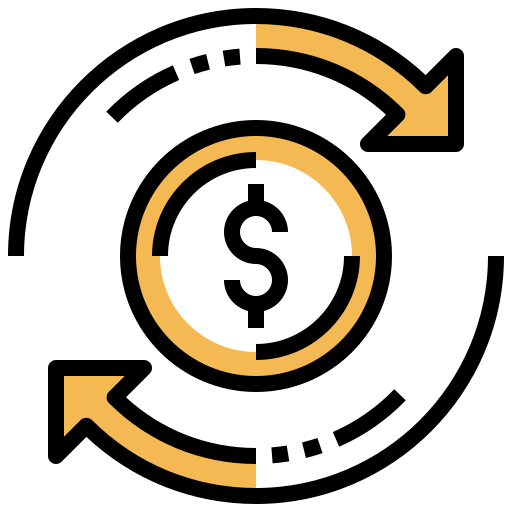ROE (Öz Sermaye Karlılığı):
ROE, Return on Equity kelimelerinin kısaltmasıdır ve Türkçe’de “Öz Sermaye Karlılığı” olarak çevrilebilir. Bu oran, bir şirketin öz sermayesine (şirketin sahibi olan hissedarların payına) göre ne kadar kar elde ettiğini ölçer. ROE, aynı zamanda şirketin karlılığını ve hissedarlar için yatırım getirisini gösterir.
Öz sermaye, şirketin sahiplerinin katkıları ve elde edilen karların birikimi ile oluşur. ROE’nin yüksek olması, şirketin sahiplerine daha fazla kar dağıttığı ve daha etkili bir şekilde öz sermayeyi kullanabildiği anlamına gelir. Yüksek ROE, yatırımcılar için çekici bir şirket performans göstergesidir.
ROA (Toplam Varlık Karlılığı):
ROA, Return on Assets kelimelerinin kısaltmasıdır ve Türkçe’de “Toplam Varlık Karlılığı” olarak çevrilebilir. Bu oran, bir şirketin toplam varlıklarına göre ne kadar kar elde ettiğini ölçer. ROA, şirketin varlık yönetimi ve işletme etkinliği hakkında bilgi verir.
ROA’nın yüksek olması, şirketin varlıklarını verimli bir şekilde kullanabildiği ve kar elde etmekte başarılı olduğu anlamına gelir. Bu, şirketin sahip olduğu varlıklardan daha fazla getiri sağlayabildiği anlamına gelir.
Neden Önemli?
ROE ve ROA, işletmenin finansal performansını değerlendirmek ve yatırımcılara, hissedarlara ve kredi verenlere şirketin ne kadar etkili bir şekilde çalıştığını göstermek için kullanılır. Bu oranlar şunları sağlar:
- Yatırım Getirisi: Yatırımcılar için ROE, hisse senedi yatırımının karlılığını değerlendirmek için önemlidir. Yüksek ROE, hissedarlar için daha fazla kar anlamına gelir.
- Kredi Derecelendirmesi: Kredi verenler, şirketin ödeme yapma yeteneğini değerlendirmek için ROA’yı kullanabilir. Yüksek ROA, şirketin borçlarını ödeme kapasitesini artırabilir.
- Verimlilik Ölçüsü: Şirketler, ROE ve ROA’yı kullanarak işletme süreçlerini ve varlık yönetimini optimize etmek için önlemler alabilirler.
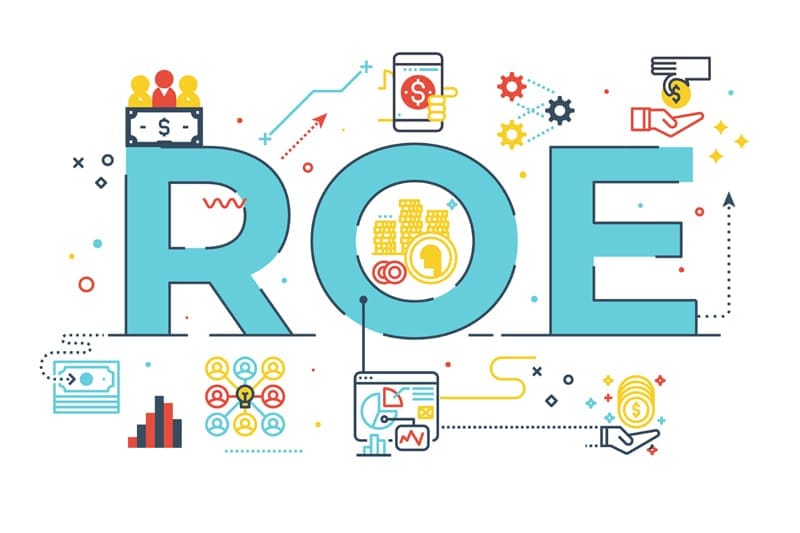
ROE (Öz Sermaye Karlılığı) Hesaplama:
ROE, bir şirketin öz sermayesine (şirketin sahibi olan hissedarların payına) göre karlılığını ölçer. İşte ROE’nin hesaplanma formülü ve bileşenleri:
ROE = (Net Kar / Ortalama Öz Sermaye)
- Net Kar: Şirketin belirli bir dönemde elde ettiği net kar miktarıdır.
- Ortalama Öz Sermaye: Dönemin başındaki ve sonundaki öz sermayenin ortalamasıdır. Öz sermaye, şirketin sahiplerinin katkıları ve elde edilen karların birikimi ile oluşur.
ROE, yatırımcılara şirketin öz sermayesine göre ne kadar kar elde ettiğini gösterir ve yatırım getirisini değerlendirmelerine yardımcı olur. Yüksek ROE, şirketin öz sermayeyi etkili bir şekilde kullanabildiğini gösterir.
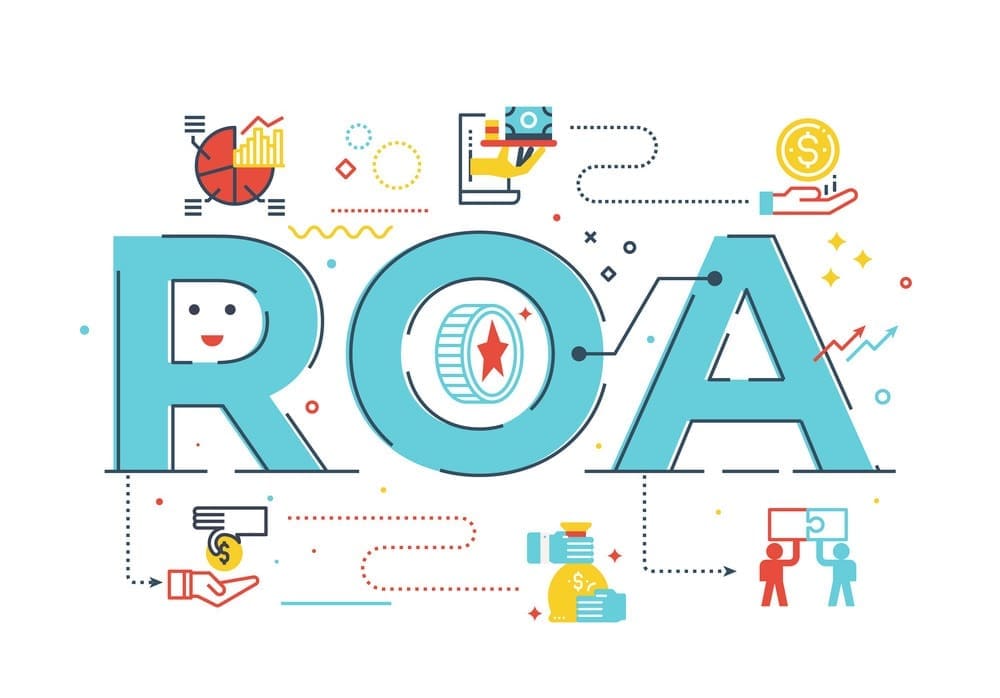
ROA (Toplam Varlık Karlılığı) Hesaplama:
ROA, bir şirketin toplam varlıklarına göre karlılığını ölçer. İşte ROA’nın hesaplanma formülü ve bileşenleri:
ROA = (Net Kar / Toplam Varlıklar)
- Net Kar: Şirketin belirli bir dönemde elde ettiği net kar miktarıdır.
- Toplam Varlıklar: Şirketin sahip olduğu tüm varlıkların toplam değeridir. Bu, nakit, envanter, mülkler, ekipmanlar ve diğer varlıkları içerir.
ROA, şirketin toplam varlıklarına göre ne kadar kar elde ettiğini gösterir. Yüksek ROA, şirketin varlıklarını verimli bir şekilde kullanabildiğini ve kar elde edebildiğini gösterir.
Her iki oran da finansal performansı değerlendirmek için kullanılır ve yatırımcılar, işletme sahipleri ve kredi verenler için önemlidir. ROE, öz sermaye odaklıdır ve hissedarların karlılığına odaklanırken, ROA, tüm varlıkları kullanma etkinliğini ölçer.
ROE ile ROA Arasındaki Temel Farklar
Tanım ve Odak Noktası:
- ROE, bir şirketin öz sermayesine (şirketin sahiplerinin katkılarına) göre ne kadar kar elde ettiğini ölçer. Odak, hissedarların karlılığıdır.
- ROA, bir şirketin toplam varlıklarına göre ne kadar kar elde ettiğini ölçer. Odak, tüm varlıkları kullanma etkinliğidir.
Odaklanılan Kavram:
- ROE, hissedarların yatırımlarının karlılığını ölçer ve sermaye yapısını etkiler.
- ROA, tüm varlıkların karlılığını ölçer ve sermaye yapısıyla daha az ilgilidir.
Sermaye Yapısı Etkisi:
- ROE, sermaye yapısının önemli bir bileşeni olarak öz sermayeyi kullanır. Yani, öz sermayeyi artırarak veya azaltarak ROE’yi etkileyebilirsiniz. Öz sermaye artırıldığında, ROE genellikle yükselir.
- ROA, sermaye yapısı ile daha az ilgilidir ve varlık verimliliğine odaklanır. Bu nedenle, sermaye yapısı değişse bile ROA değişmeyebilir.
Performans Değerlendirmesi:
- Yatırımcılar genellikle ROE’ye odaklanır çünkü bu oran, hissedarların yatırımlarının karlılığını gösterir.
- Kredi verenler ve işletme yönetimi, şirketin işletme varlıklarını nasıl kullanabildiğini ölçmek için ROA’ya daha fazla odaklanabilir.
ROE ve ROA, farklı finansal ölçütlerdir ve her biri farklı bir odak noktasına sahiptir. ROE, sermaye yapısı ve hissedarların karlılığına odaklanırken, ROA, tüm varlıkların karlılığını ölçer ve sermaye yapısı ile daha az ilişkilidir. İşletmeler, her iki oranı da kullanarak farklı yönlerden finansal performanslarını değerlendirebilirler.
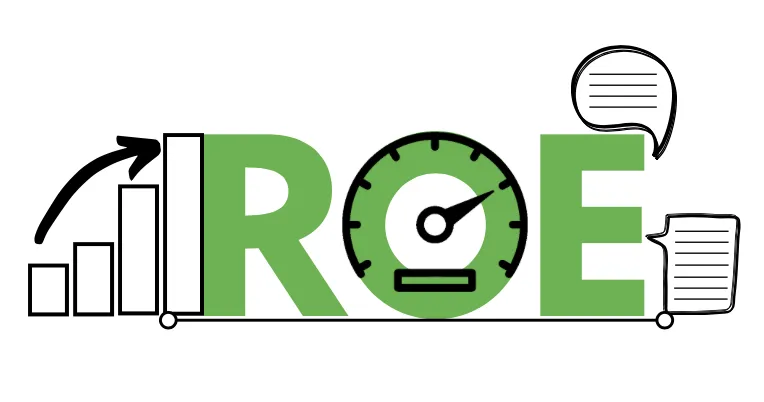
ROE Neden Daha Önemli Kabul Edilir?
- Hissedarların Getirisi: ROE, şirketin öz sermayesine göre ne kadar kar elde ettiğini ölçer. Bu nedenle, hissedarlar için doğrudan bir yatırım getirisi göstergesidir. Yatırımcılar, hisselerine yatırım yaparken genellikle karlılık ve yatırım getirisi önemli olduğu için ROE’ye büyük bir önem verirler.
- Karlılık ve Verimlilik: ROE, şirketin öz sermayeyi ne kadar etkili bir şekilde kullanabildiğini gösterir. Yüksek ROE, şirketin öz sermayeyi verimli bir şekilde kullanarak daha fazla kar elde ettiğini gösterir. Bu da yönetim ve işletme verimliliği hakkında bilgi verir.
- Hissedar Memnuniyeti: Yatırımcılar için, hisselerine yatırım yapmanın amacı kar elde etmek olduğu için ROE, hissedarların memnuniyetini yansıtan bir gösterge olarak kabul edilir. Yüksek ROE, hissedarların yatırımlarından tatmin olmalarına yardımcı olabilir.
Ancak, Her İki Oranın da Önemi Var: ROE’nin önemi vurgulanmasına rağmen, ROA da şirket analizi için önemlidir ve bazı durumlarda daha fazla bilgi sağlayabilir.
- Varlık Kullanımı: ROA, şirketin tüm varlıklarına göre ne kadar kar elde ettiğini ölçer. Bu, şirketin varlık yönetimi ve işletme verimliliği hakkında bilgi verir. Şirketin varlıklarını etkili bir şekilde kullanabilmesi, uzun vadeli sürdürülebilirlik için önemlidir.
- Risk ve Borç: ROA, şirketin borçlarına ve risk seviyelerine daha fazla odaklanabilir. Yüksek borçla çalışan bir şirket, ROE’si yüksek olsa bile daha yüksek finansal risk taşıyabilir. ROA, bu tür riskleri daha iyi anlamamıza yardımcı olabilir.
- Kapsamlı Analiz: Her iki oranı bir arada kullanmak, şirketin finansal sağlığını daha kapsamlı bir şekilde değerlendirmemize yardımcı olur. ROE, hissedarların getirisini vurgularken, ROA, işletme verimliliği ve varlık kullanımını ele alır. İki oranı birlikte değerlendirmek, daha iyi bir finansal analiz sunar.
ROE genellikle daha fazla öneme sahiptir, ancak ROA da şirket analizi için önemlidir. Her iki oranın da dikkate alınması, daha kapsamlı bir finansal resim oluşturur ve işletmenin sağlığını daha iyi anlamamıza yardımcı olur.
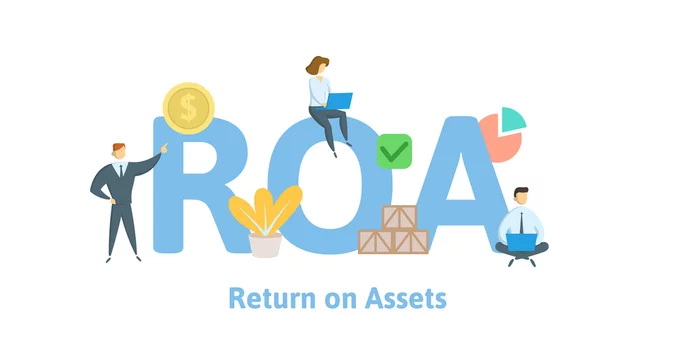
Bir Şirketi Analiz Etme ve Karşılaştırma İçin ROE ve ROA Nasıl Kullanılır?
Şirketleri Karşılaştırma:
- ROE ve ROA, farklı şirketleri karşılaştırmak için kullanışlıdır. İki şirketi karşılaştırırken, her iki oranı da göz önünde bulundurun.
- İki şirketin ROE’lerini karşılaştırarak, hangi şirketin öz sermaye üzerinden daha yüksek kar elde ettiğini belirleyebilirsiniz.
- ROA, iki şirketin varlık kullanımı ve karlılığını karşılaştırmak için kullanılır. Daha yüksek ROA, daha etkili varlık yönetimini gösterebilir.
Sektör İçi Karşılaştırma:
- Şirketleri sadece kendi sektörlerindeki benzer şirketlerle karşılaştırmak önemlidir. Her sektörün farklı karlılık seviyeleri vardır.
- Sektör ortalamalarını ve benzer şirketlerin ROE ve ROA’larını inceleyerek, bir şirketin sektöründe nasıl performans gösterdiğini değerlendirebilirsiniz.
Tarihsel Verileri İzleme:
- Bir şirketin geçmiş ROE ve ROA performansını izleyerek, uzun vadeli eğilimleri belirleyebilirsiniz. Bu, şirketin finansal sağlığının nasıl değiştiğini anlamanıza yardımcı olur.
- Tarihsel verileri kullanarak, şirketin finansal performansındaki dalgalanmaları ve trendleri belirleyebilir ve olası riskleri önceden görebilirsiniz.
Diğer Finansal Oranlarla Karşılaştırma:
- ROE ve ROA, tek başına değerlendirilmemelidir. Diğer finansal oranlarla birlikte kullanarak daha kapsamlı bir analiz yapabilirsiniz.
- Örneğin, şirketin borç oranı (Kaldıraç Oranı) ile ROE’yi ilişkilendirmek, finansal riski değerlendirmenize yardımcı olabilir.
Nedenlerini Araştırma:
- Eğer bir şirketin ROE veya ROA’sı düşükse, bu oranları etkileyen nedenleri araştırın. Şirketin borç yükü mü fazla? Varlık yönetimi mi zayıf?
- Finansal analizde derinlemesine neden-sonuç ilişkilerini anlamak, olası sorunları belirlemenize yardımcı olabilir.
ROE ve ROA, bir şirketin finansal performansını izlemek ve karşılaştırmak için önemli araçlardır. Ancak bu oranları tek başına değerlendirmek yerine, diğer finansal göstergelerle birlikte kullanarak daha sağlam bir analiz yapabilirsiniz. Ayrıca, her iki oranın da şirketin sektörüne ve tarihine göre yorumlanması önemlidir.
Önemli Noktalar
- ROE ve ROA, finansal performansı ölçmek ve değerlendirmek için güçlü araçlardır. ROE, özellikle hissedarlar için önemli bir gösterge olarak kabul edilir çünkü hisse senedi yatırımının karlılığını ölçer. ROA ise bir şirketin varlık yönetimi ve işletme verimliliği hakkında bilgi verir.
- Şirket Karşılaştırmalarında Kullanışlıdır. ROE ve ROA, farklı şirketleri ve sektörleri karşılaştırmak için kullanılır. Sektör ortalamaları ve benzer şirketlerin oranları ile karşılaştırarak bir şirketin performansını değerlendirebilirsiniz.
- Sermaye Yapısını Etkiler. ROE, öz sermayenin kullanımını ölçerken, ROA tüm varlıkların kullanımını değerlendirir. ROE, özellikle sermaye yapısını etkileyen bir orandır ve öz sermayeyi artırarak veya azaltarak bu oranı iyileştirebilirsiniz.
- Tarihsel Verileri İzleyin. Bir şirketin geçmiş ROE ve ROA performansını izlemek, uzun vadeli eğilimleri belirlemeye yardımcı olur ve finansal istikrarın ne şekilde değiştiğini anlamanıza katkı sağlar.
- Diğer Oranlarla Birlikte Kullanın. ROE ve ROA’yı diğer finansal oranlarla birlikte değerlendirin. Bu, daha kapsamlı bir finansal analiz sunar ve şirketin sağlığını daha iyi anlamanıza yardımcı olur.






